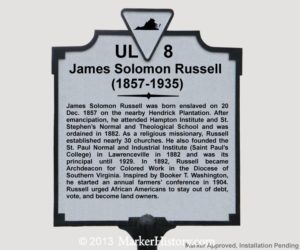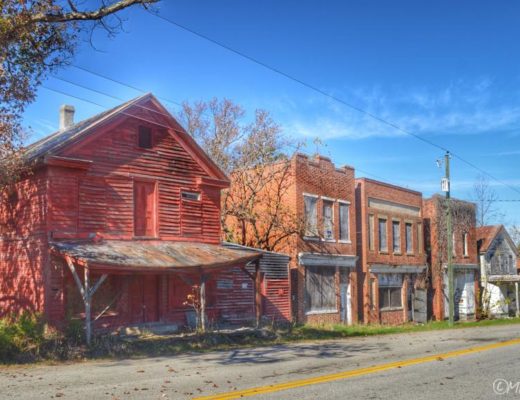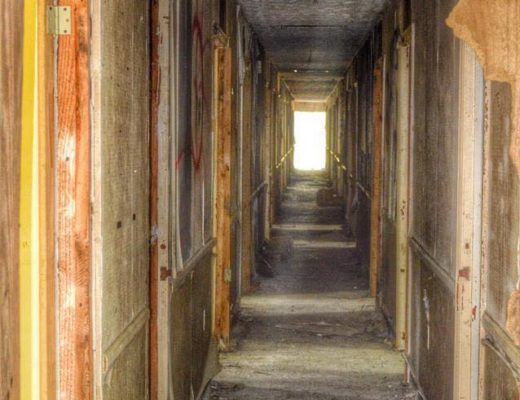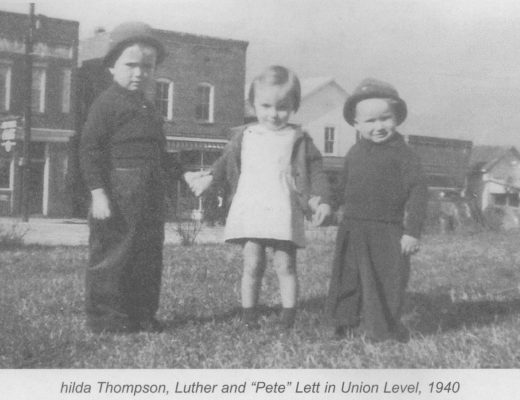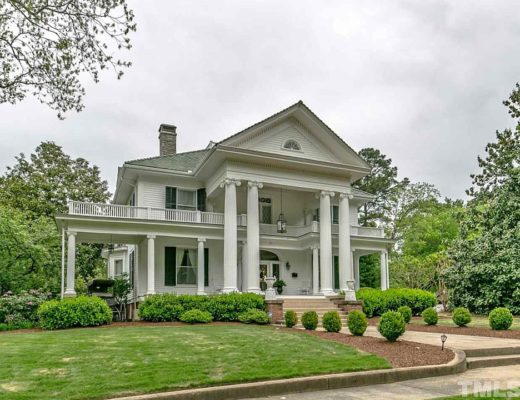Who was Betsy Jackson, other than “our colored mammy”? It is still a mystery and I am hoping readers of this will be able to help. I would love nothing more than to share her story! She is pulling at my heart and mind like Harry Marable in Kittrell, NC did. I would like to honor her life in the same manner. While searching for clues about her, I uncovered another story that I feel is begging to be told to a new generation. So let’s start from the beginning.
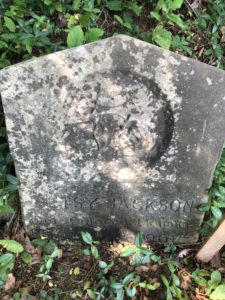
This past fall I was out exploring with my daughter, Claire, along with a friend and her daughter. We hit the ghost town of Union Level, Virginia. On the drive home our GPS was alerting us to an accident on I-85, so it redirected us to some back roads. I think we were meant to find this church and cemetery. As we were driving we passed a very old looking church that was quite neglected.
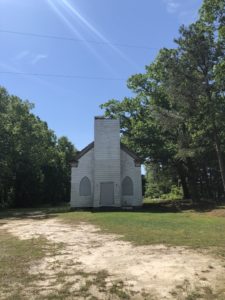
We didn’t have much time to look around, but we wanted to get pictures so we stopped. There was a small cemetery behind it. There was one grave at the very end that intrigued me. Betsy Jackson, Our Colored Mammy. 1824-1901. All of the cemeteries I have visited and explored or found hidden in brush and woods, I have never seen a headstone with that inscription.
I immediately messaged my genealogy expert that I use, Annette Taylor. She has helped me with numerous genealogical mysteries over the years. Later that evening we also pulled in my cousin, Alice Wolfe Allen, who is also a genealogy buff. We hit road block after road block about Betsy Jackson. We decided I needed to take a trip back to the church to see who she was buried beside. Life got busy…for months. Until this morning. I decided I desperately needed a day of driving back roads by myself. Where shall I go? Then it was like someone spoke to me, Our Colored Mammy. Trouble is, I had a general idea of where I was that day, but no real address. I couldn’t find the old messages showing the other graves. I only remembered I kept changing the state line on the drive. So I set out for a general location.
I had head to toe chills when I found it today!! It took 30 minutes of driving all of these state roads on the VA/NC border.
I really wanted to get the names buried near Betsy Jackson. She matches no one there at that cemetery. Still hitting road blocks on our internet searches. So today I did searches of the people buried beside her. Let’s look at Seleah Hendrick. The Hendrick surname is quite familiar to me. A very large plantation owner. When I searched her I immediately had goosebumps. Holy Cow.
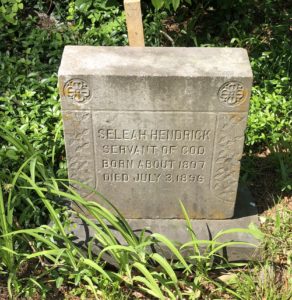
Who was Seleah Hendrick? Her mother, name unknown, was brought to Virginia from Africa and was sold to a plantation owner in Mecklenburg County, Virginia. Seleah and her mother worked in the “big house”. What was the name of the big house? The Hendrick Plantation. As an aside, I am using an internet picture, but I did find that house today! It is still standing, in the middle of a field! Trying to find out who owns it.
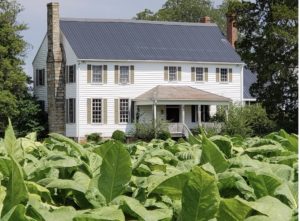
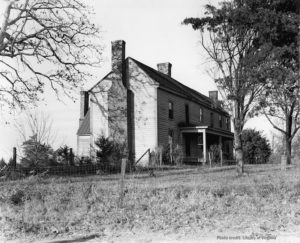
Seleah had four daughters and two sons. One of those daughters was Araminta Russell. She is buried in that same cemetery with her husband, Solomon Russell. They are buried between Seleah Hendrick and Betsy Jackson. I knew the Russell name quite well. Another large plantation owner. But the Russell Plantation was in Warren County, NC.
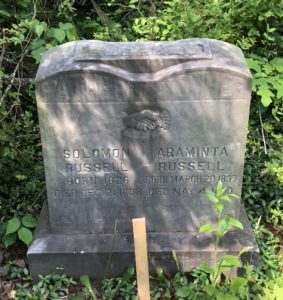
This is where it gets very interesting. Solomon and Araminta had a son, James Solomon Russell. When I started reading his history and what his mother’s wishes were for him, it brought tears to my eyes. The struggles they faced as an enslaved family, it makes his successes all the more awe-inspiring. Araminta was enslaved on the Hendrick Plantation in Virginia. Her husband Solomon Russell was enslaved on the Russell Plantation in North Carolina. James Solomon Russell was born in 1857 on the Hendrick Plantation. Paternal companionship was denied to slaves until after the Civil War. After the war they joined as a family and began sharecropping in Mecklenburg, Va.
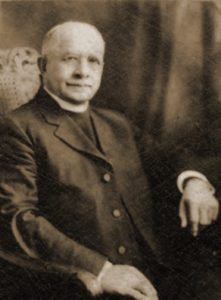
James Solomon Russell
James began attending a school that allowed him to pay with labor and farm products. The schoolmaster noticed something in James and encouraged him to continue his education. In 1874 he was admitted to Hampton University. He put himself through school. After a year he went home and began teaching there. Part of his curriculum was that students recite the Apostles Creed on a daily basis. He came to the attention of a local Episcopalian matron. Then his mother took notice. She encouraged him to become a priest and to further his education. His grandmother, fresh off a ship from Africa. His mother a slave in the same “big house”. He was separated from his father until after the Civil War.
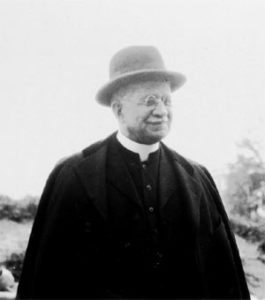
Who is James Solomon Russell? He was an Episcopal priest and educator. He founded St. Paul Normal and Industrial School which later became Saint Paul’s College. He turned down two elections to become bishop so he could continue teaching and directing at his historically black college. (it is now closed) In 1893 he was named Archdeacon of the Diocese of Southern Virginia.
From Wikipedia:
In 1904, inspired by Booker T. Washington, Russell founded an annual farmer’s conference.[8] He urged African American farmers to stay out of debt and to vote, although Virginia’s Constitution on 1902 instituted poll taxes and Jim Crow Laws had begun.
Archdeacon Russell was awarded an honorary degree from the Virginia Theological Seminary (the first African American thus honored) in 1917, and in 1922 an honorary doctorate in laws from Monrovia College. He was also named Knight Commander of the Humane Order of African Redemption by the President of Liberia.[9] in 1929 he won the Harmon Award.
Upon his death in 1935, his son, Reverend J. Alvin Russell, continued to run his father’s St. Paul College. What a legacy. And to think this was all sitting in a small cemetery behind a neglected church on a back road.
